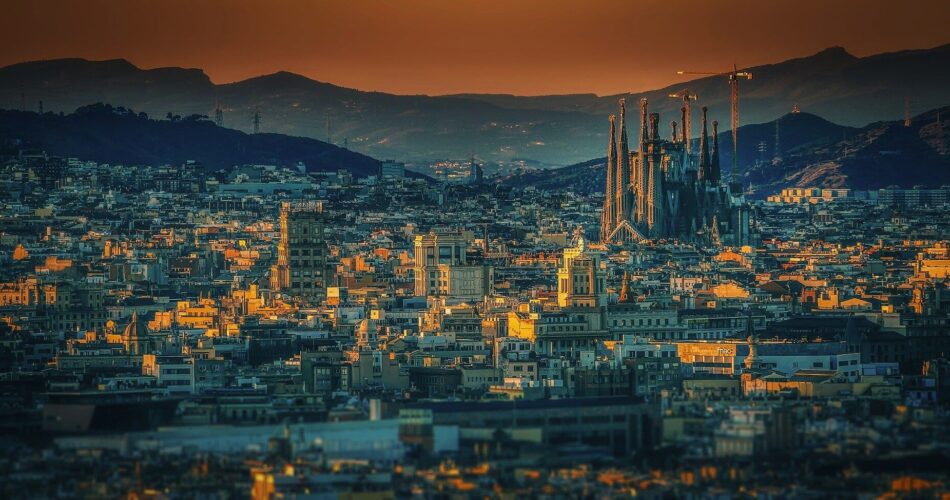Barcelona is one of the most beautiful cities in Spain. The city has everything you need to make your visit unforgettable, from monuments declared a World Heritage Site to charming neighborhoods and important museums. Barcelona also hosts an impressive variety of art that will impress any visitor. Suppose you are traveling to Barcelona for business or pleasure. In that case, this article provides all the Barcelona travel informations you need on how best to enjoy it!
Since our first visit many years ago, Barcelona has astounded us. The history, people, and link to the element of water distinguish this metropolis from others.
Barcelona’s Short Information
Barcelona, the country’s second-largest city, is located on the Mediterranean Sea between the Llobregat and Besos rivers.
There are several things to do in Barcelona, one of Earth’s most stylish and famous places. People worldwide make meaningful plans to visit this elegant city during their vacation to enjoy beautiful times. They may spend quality time together doing various exciting activities, seeing attractions, and shopping for some of the world’s best brands.
The visitors’ preference for a visit to this lovely place with magnificent architectural masterpieces is influenced by the city’s moderate Mediterranean climate, which is mainly characterized by mild and dry winters and warm and humid summers. Though snowfall is uncommon in Barcelona, January and February are the coldest months, while July and August are the hottest.
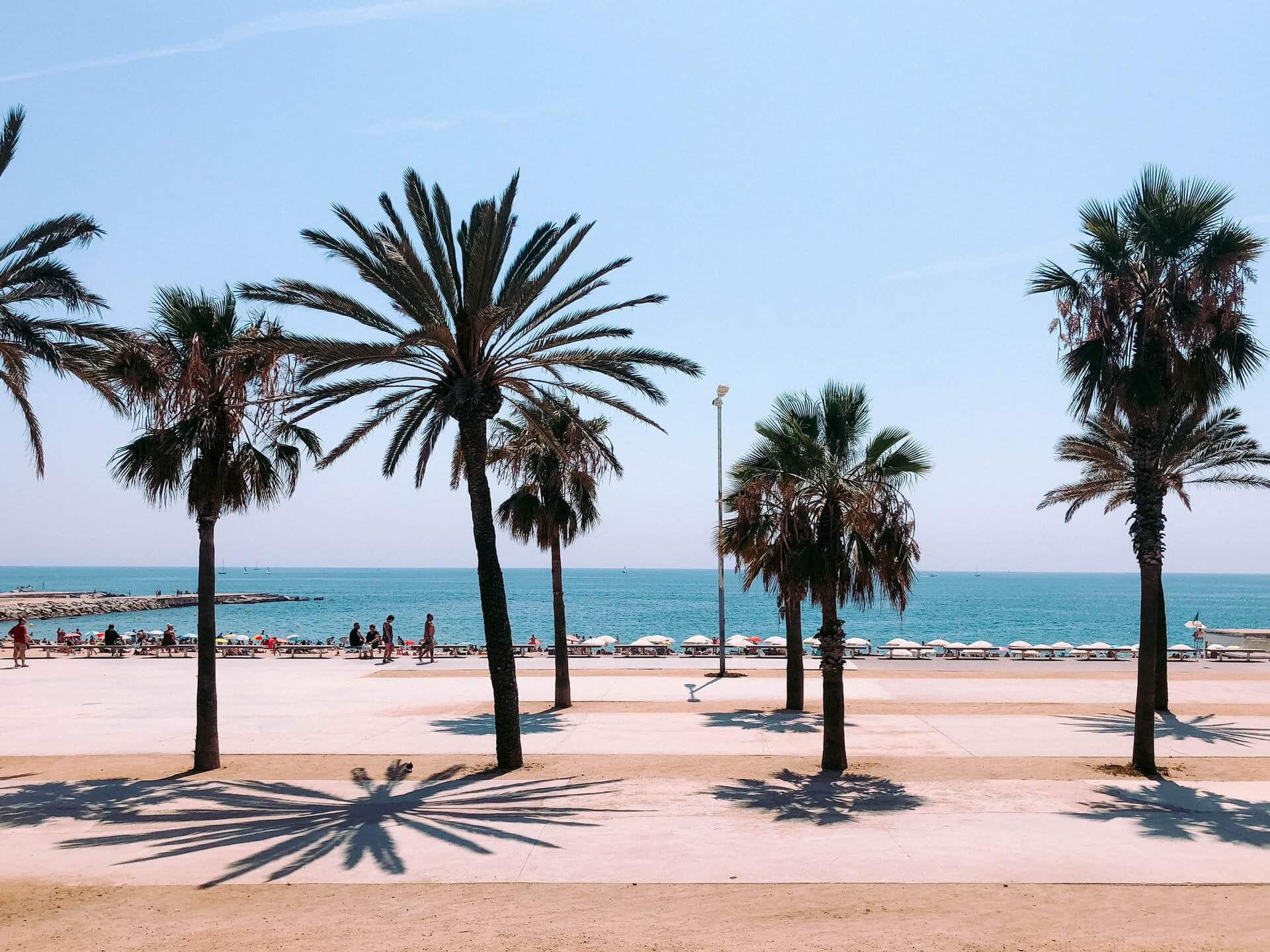
Aside from being a traveler’s paradise, Barcelona City also has numerous museums that provide a glimpse into the city’s rich historical and cultural past. Carnivals are held each year to promote the notion of preserving the city’s vibrant culture for enjoyment and, in addition, to attract tourism to the area.
Things you need to know before visiting Barcelona
The Catalan capital is Barcelona.
The first thing to know before heading to Barcelona is that it is the capital of Catalonia, one of Spain’s 17 sovereign states. The word Catalonia has a lot of weight in Spain at the moment. Beyond being a very proud region with its own distinct culture, there is also a strong effort for Catalan independence. Many Catalans do not consider this area or Barcelona to be part of Spain.
There are two recognized minority languages in Barcelona: Catalan and Spanish.
In Barcelona, you will hear and see everything in both Spanish and Catalan. Catalan is similarly related to Spanish, but it is a different language like French or Italian. Locals speak Catalan daily, and children attend school to learn the language. Everyone, however, is bilingual, so if you know some Spanish, people will be able to comprehend you!
The Beaches Are Free to Use, but They’re also Heavily Used.
Barcelona is on the coast, so it’s easy to get to the beach, which means everyone goes. As a result, Barceloneta and Sant Miguel are also the city’s most crowded and chaotic beaches. If you want to avoid being buried under a sea of people while staying close to town, leave the city. There are lovely, unsullied beaches nearby that make for excellent day trips.
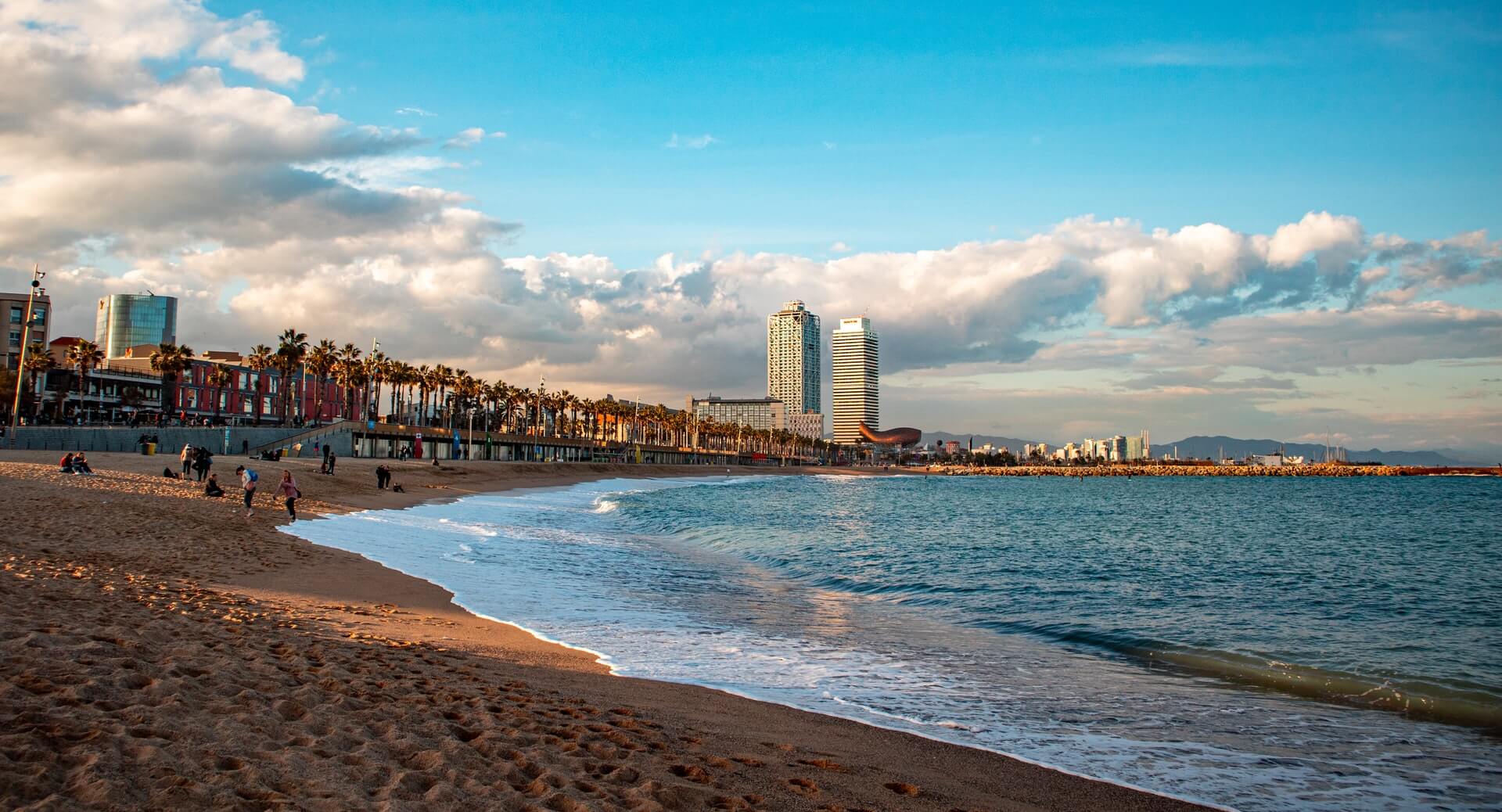
Pickpocketers
Before visiting Barcelona, there are several things to consider, and one of the most crucial is knowing what you need to know. Yes, you’ve undoubtedly heard about it before. Keep an eye on your belongings! Between May and September, Barcelona is a very crowded metropolis, and petty thieves are all around. It’s possible to avoid bad situations if you pay attention to your possessions!
It’s not a good idea to keep your wallet, cash, cards, or ID in your pockets. Purchase a money belt that you can attach to your body or hang around your neck and put under your shirt. Don’t drape your bag over a chair or leave any valuables on the table if you’re at a restaurant.
Is Barcelona safe for the visit?
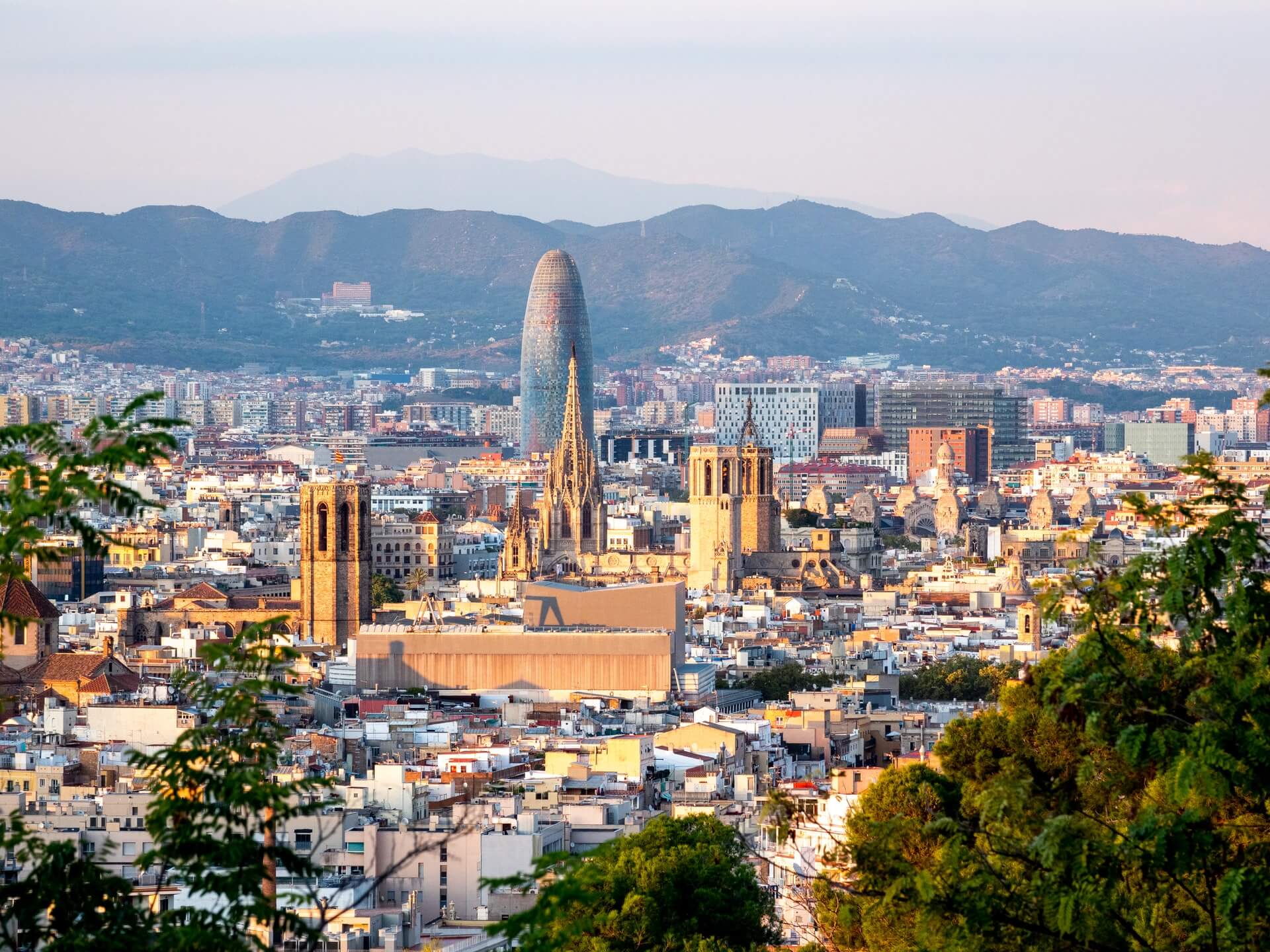
People tend to think of Barcelona as a dangerous city. But, there is no reason for you to be scared. It indeed has some problems with organized crime and drugs trafficking. Still, the security situation, in general, is not bad at all.
The local police force does its best on a daily basis to keep every part of the city safe for people who live here or come here to visit. For example, they have installed surveillance cameras everywhere around town, so if something happens wherever you are, someone will record everything happening around you! Therefore this can help them find out what happened after an incident and track down criminals before another event occurs!
Yes, it’s essential that tourists know about these things because are many cases when foreigners get robbed.
What should I avoid in Barcelona?
Pozrite si tento príspevok na Instagrame
Don’t drink too much alcohol.
Tourists are not likely to go out in groups, bar hopping, or partying all night long! Barcelona is a city that attracts young people from everywhere around the world because it’s full of life and you can always find something interesting going on there at any time of day. But if this is your first visit, I recommend you pace yourself with local tapas bars where food is excellent but not expensive at all! You can also enjoy some beers while watching football games or playing pool tables.
Understand the culture of Catalonia.
The Catalan people are fiercely proud of their heritage. Many locals feel themselves to be distinct from the rest of Spain, with their own vocabulary, cuisine, and personality traits.
The first mistake is referring to the city as “Barça,” which is the name of the football club rather than people or municipality. It’s not a smart idea to support your rivals while watching Barca play football in a bar or restaurant because it may cause tension. Locals in Barcelona are laid-back by nature, but Catalan areas were severely damaged during Franco’s 20th-century regime. Thus this subject should be avoided.
History of Barcelona
Barcelona is Europe’s oldest city. The breathtaking city of Barcelona was built on the Mediterranean coast a thousand years ago. Various dynasties with significant cultural influence have invaded the city, which has had a major influence on Barcelona’s history. Romans, Arabs, and Christians’ influence across the city can still be felt today.
The history goes back to Roman times when Barcelona was founded by Romans who settled down here! They called it Barcino, and this Barceloneta area used to be their settlement. The city has gone through many historical events, but its architecture survived all these changes intact! The modern look brings ancient buildings together with new ones, making for an interesting mix of styles that are well worth exploring on foot or bicycle along quiet side streets or wide avenues.
During the Peninsular War (1808–14), Napoleon’s troops once again occupied Barcelona from 1808 to 1813. The conflict with the French damaged the region severely, but rapid industrialization began after the war. The textile sector’s growth had a twofold impact: it resulted in modern industry and Catalonia becoming Spain’s wealthiest area, as well as population boom and class tension between capitalists and factory workers.
Between 1811 and the beginning of the 20th century, anarchism flourished throughout Europe, producing a wave of unrest. The uprising of 1835 in which several convents were torched is noteworthy; the riots over the introduction of automated technology that erupted in the mid-nineteenth century; and the Setmana Tràgica (Catalan for “Tragic Week”) in 1909, which resulted in additional church destruction.

On the bright side, in 1888, 400,000 visitors flocked to the exhibit, and by 1900 nearly half of Spain’s imports arrived via Catalonia. The region’s economic prosperity prompted calls for self-government that culminated in semi-autonomy from 1913 to 1923. In 1931, Barcelona was granted a Catalan republic. The following year, Catalonia attained significant autonomy under Spanish rule. Its defeat in January 1939 resulted in the Republic’s final surrender.
The defeat brought about the loss of many regional rights and privileges, and even the Catalan language was prohibited for a time. Only in 1977 was the Generalitat, an autonomous Catalan government, restored. Agreements with the Spanish national government, signed in 1979, outlined new areas for self-government and encouraged a wide range of developments in Barcelona.
Barcelona hosted the Olympic Games in 1992, which helped revitalize the city. The once run-down waterfront was renovated to include a promenade, marina, restaurants, beaches, and cultural attractions. A convention center and auditorium were built in the east of the city to host Forum 2004, an international conference promoting economic development and cultural diversity.
Things to do in Barcelona
The list of places to see in Barcelona has everything you need to make your visit to Barcelona unforgettable. Monuments declared a World Heritage Site, charming neighborhoods, important museums, and a lot of art are some things you should not miss when visiting Barcelona:
- La Ramblas: The most popular destination in Barcelona for purchasing or simply strolling about with friends on weekends is Las Ramblas. The street extends from the harbor to Catalunya Square, which is packed with stores on both sides, so you’re guaranteed to make a purchase.
- Sagrada Familia Basilica: Gaudi’s own, unfinished basilica in Spain! It took more than a century to complete by Gaudi himself, the architect. It is without doubt one of Barcelona’s most popular sights, particularly during the summer when you can go on a tour of it.
- Park Guell: It is a wonderful park located outside of Barcelona in the Gràcia area, which is quieter and more peaceful than other areas.
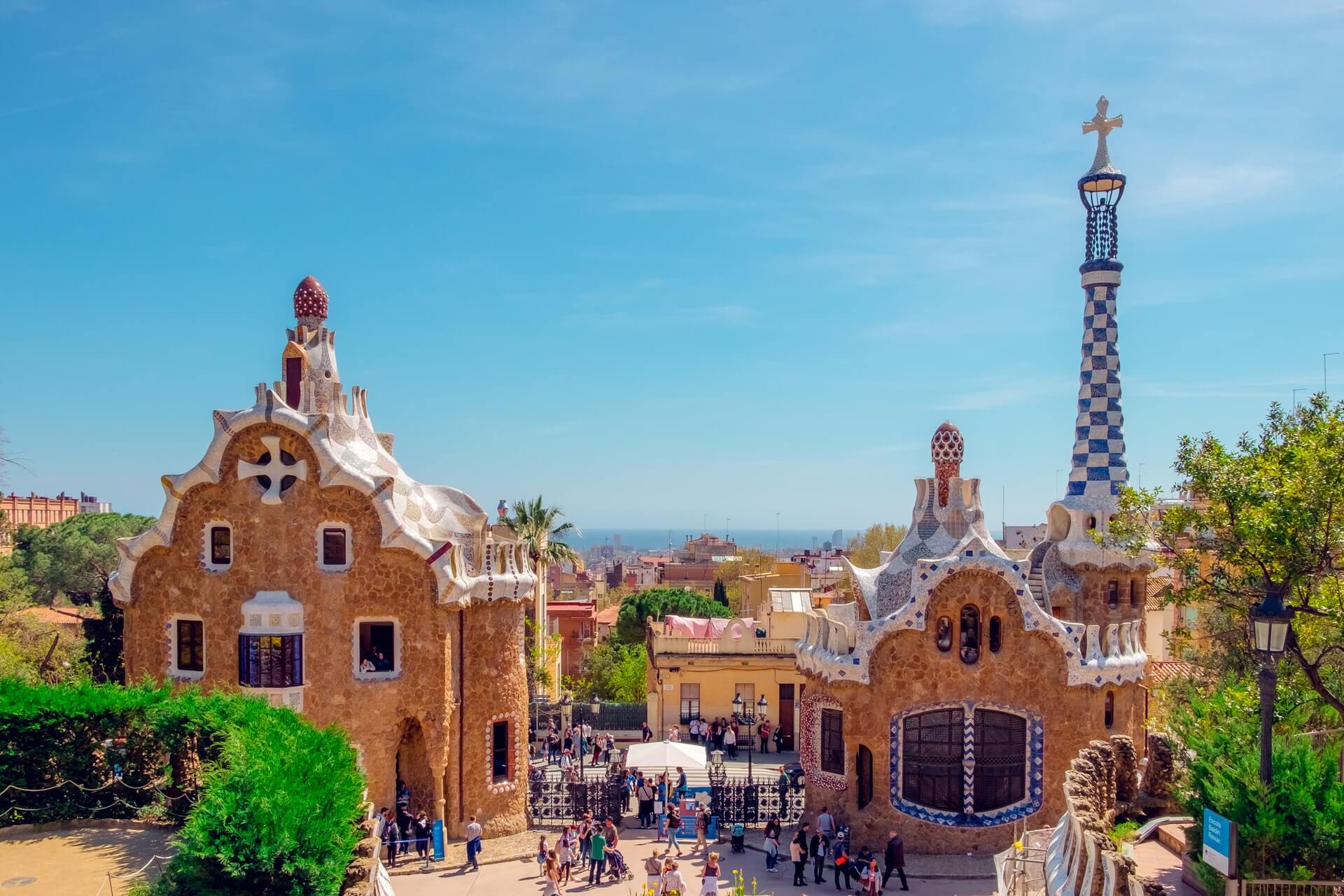
Pak Guell
- Casa Batllo: Another work by Antoni Gaudi that turns into a museum at night, but I recommend going during day time so you can enjoy all details of this house better. The stairs are worth seeing as well! Inside the building, there are many little shops selling souvenirs with Gaudi’s designs, so if you’re looking for Barcelona’s souvenirs, this is the best place to go.
- Casa Milà: During some years, where he was developing his distinctive modernist style that you may see on many other buildings throughout Barcelona city center, Gaudi used to live and work at Casa Batlló (the stone quarry), which was also known as La Pedrera (the stone quarry) for its construction with massive rocks in Barcelona style. The home and workplace of Antoni Gaudí during the early years when he developed his unique modernist style!
- Barcelona Cathedral: The size of the Barcelona cathedral stands out, as does its gothic design, which complements the rest of the biennium fira palace, located immediately next door. It’s open all year, so you may visit whenever you like, even if your plans aren’t too rigid for a particular day or time because there are no calendars for this one.
- Museu Nacional d’Art de Catalunya: If the Barcelona museum is your favorite thing to do when traveling, you should definitely visit MNAC, which is by Barcelona’s harbor, so it will be a good excuse. For taking some photos of the city from there! The building itself is very modern and full of art inside as well with permanent exhibitions on Barcelona artists’ work but also several temporary ones depending on the time of year or month that you’re visiting Barcelona.
- Casa Amatller: The architect reused the basic structure of a previous home and added baroque touches all around its outside, such as baroque sculptures that give it a distinctively Barcelona vibe.
- Palau de la Música Catalana: This is Barcelona’s hall of fame in music where you can enjoy all kinds of concerts and shows but also visit the building when no such events are planned, which has its own bar on top so you won’t miss your drink during concert time! You will find tickets for various concerts, plays, or ballets with prices depending on how popular they were/are, so check early to get the best deals possible before heading over there!
- Casa Vicens: Gaudi designed and built the home between 1883 and 1889, after which it was rebuilt following the Spanish Civil War (1936–39) with new features added, such as social housing and Barcelona flag colors in balconies to commemorate Barcelonan resistance against fascism. You may enter the property during open hours, but I recommend going on a little tour of it since you’ll see more if your guide is familiar with Barcelona’s history (hint: ask where they reside when visiting such places).
- Torre Agbar: This is Barcelona’s most modern building located not far from Sagrada Familia church, right next to Diagonal Avenue, which means even better views of the city! The tower was built by French architect Jean Nouvel so it takes on similar features as one would expect with its south America/french style exterior design.
Is Barcelona cheap to visit?
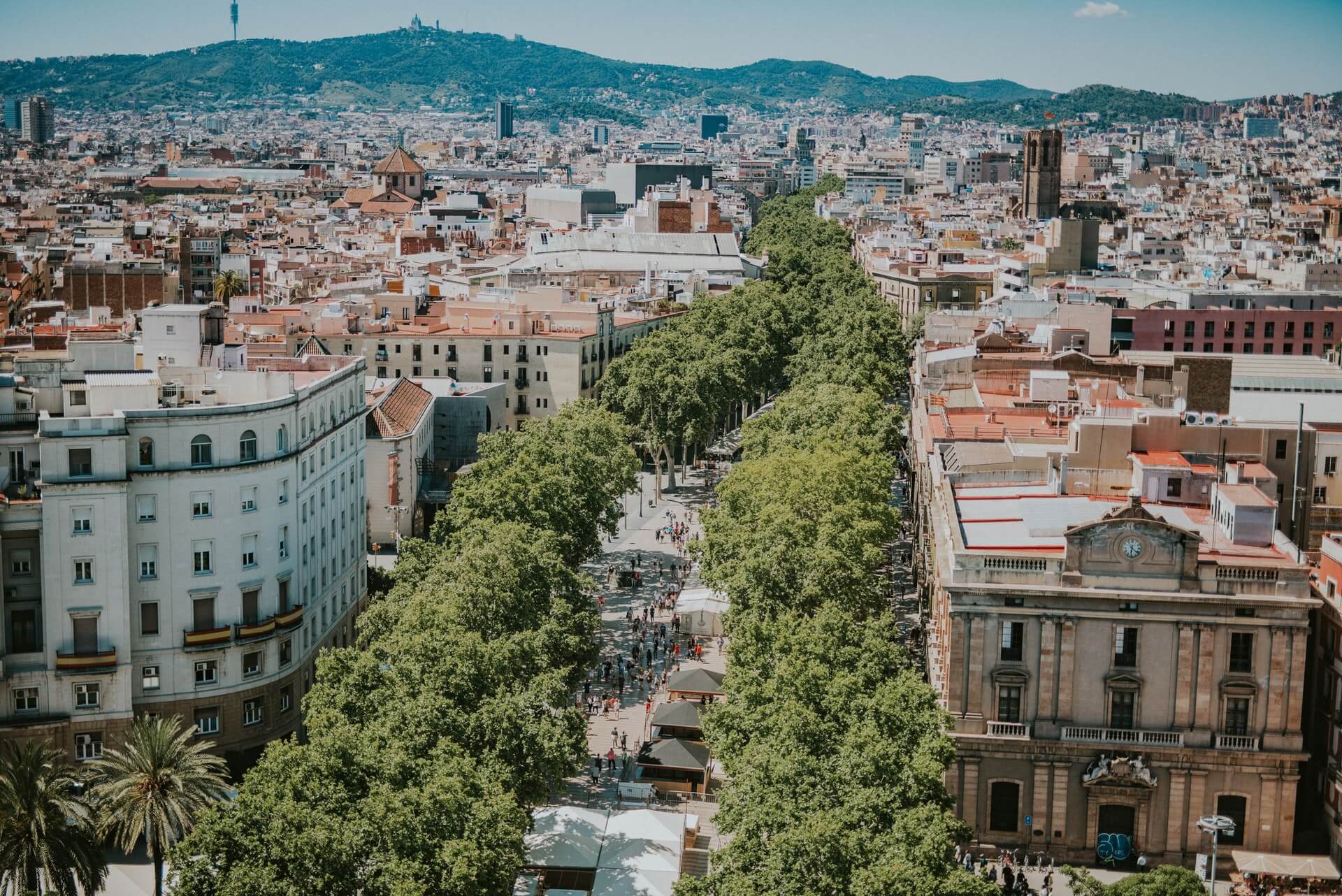
Although Barcelona is a pricey city to visit, it is still affordable, and it’s quite feasible to enjoy Barcelona while staying on budget. Barceloneta has cheap alternatives and excellent bargains, just like all cities. In terms of cost, Barcelona isn’t usually considered more expensive than other major European cities like London, Paris, or Rome. Barcelona can be as cheap or as expensive as you want it to be, just like any other vacation.
There are several alternatives in Barcelona, and you get good value for money. Walking around the gothic area, going to the beaches and parks, and other free activities are available.
There are numerous types of accommodations available, from inexpensive hostels to luxurious five-star hotels. There are many discounts offered during the off-season, and several hotels include breakfast and amenities like free water or snacks.
The most popular attractions, which cost roughly 15 to 18 euros for each ticket, are well worth seeing and doing for free in the city’s ancient sections. The metro and buses are both inexpensive and have excellent value for money.
If you want to save money, stay in an apartment or aparthotel so that you don’t have to pay for meals and snacks. If you pick apartments on the outskirts of town, you’ll be more local and able to get cheaper food and shopping.
Barcelona is a beautiful city that offers something for everyone, from beaches to baroque architecture. You can easily see the most popular attractions on foot or by public transport if you’re looking for free activities.
As a traveler, you may have seen Barcelona as a place with great food and culture. But what does it offer for those who want to try something new? This is the perfect city if you are looking for an escape from your everyday life. You can find out more about this beautiful Spanish city by reading our blog post about the most important Barcelona travel informations today! If you’ve been considering visiting Spain or just need some inspiration of where to go next on your travels, we would recommend heading straight to one of Europe’s most popular cities – Barcelona. From its rich history and architecture to the vibrant energy found in every corner of town, there has never been a better time than now to visit this incredible Mediterranean destination that offers so much more.


